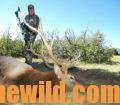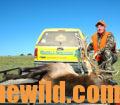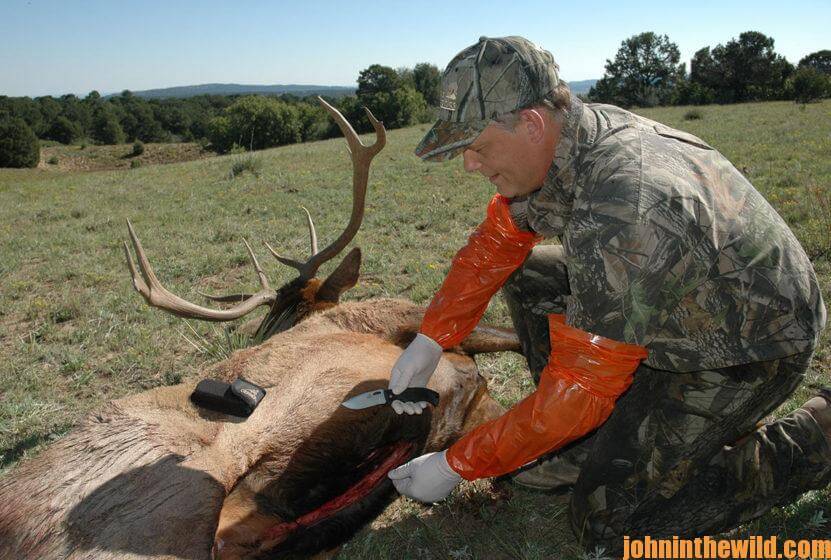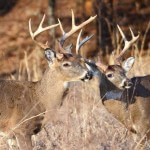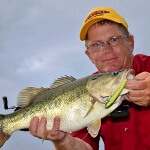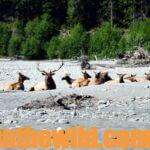Editor’s Note: J.R. Keller has lived in Colorado most of his life and has had a love for the outdoors, which he’s acquired from his father, while accompanying him on hunting and camping trips. With Keller’s vast knowledge of hunting elk, turkey, mule deer and waterfowl, he’s appeared on The Outdoor Channel, TNN Outdoors and numerous outdoor TV shows and teaches seminars across the country. Keller’s philosophy is that knowledge is the most-important piece of equipment a hunter takes into the woods.
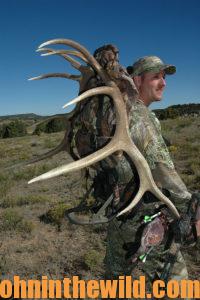 After I’ve shot photography, I try to get the elk’s head and body lying on the side of a hill, so I can remove his entrails. I carry field dressing gloves, which extend almost up to my shoulders, open the elk’s chest and stomach cavity and then remove the entrails. After that job’s complete, I’ll use a knife to split the hide on the back sides of the legs. If the elk will be mounted, I cut a circle behind the shoulders all the way around the elk. Then I make another cut straight up the back of the elk’s neck to the base of the antlers and start removing the hide from the meat, take off the head and leave plenty of hide for a shoulder mount.
After I’ve shot photography, I try to get the elk’s head and body lying on the side of a hill, so I can remove his entrails. I carry field dressing gloves, which extend almost up to my shoulders, open the elk’s chest and stomach cavity and then remove the entrails. After that job’s complete, I’ll use a knife to split the hide on the back sides of the legs. If the elk will be mounted, I cut a circle behind the shoulders all the way around the elk. Then I make another cut straight up the back of the elk’s neck to the base of the antlers and start removing the hide from the meat, take off the head and leave plenty of hide for a shoulder mount.
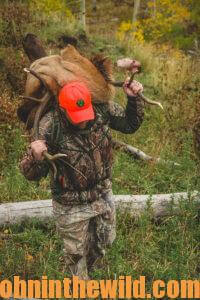 I don’t skin-out the face of the bull or around the horns, nor do I remove the cape completely off the skull. I leave that work for the taxidermist. My main concerns after the photographs are to get the cape off, so the hunter can have his elk mounted, and to finish skinning the elk, so I can quarter the elk and start carrying the meat out. I spray-down any exposed meat with a wild game spray such as Cabela’s Antimicrobial Carcass spray (https://www.cabelas.com/shop/en/cabelas-antimicrobial-carcass-spray) to help preserve the meat and keep insects and bacteria off the meat. Generally, I don’t take the hide off the meat, until we return to camp. The hide will protect the meat and keep it from becoming dirty.
I don’t skin-out the face of the bull or around the horns, nor do I remove the cape completely off the skull. I leave that work for the taxidermist. My main concerns after the photographs are to get the cape off, so the hunter can have his elk mounted, and to finish skinning the elk, so I can quarter the elk and start carrying the meat out. I spray-down any exposed meat with a wild game spray such as Cabela’s Antimicrobial Carcass spray (https://www.cabelas.com/shop/en/cabelas-antimicrobial-carcass-spray) to help preserve the meat and keep insects and bacteria off the meat. Generally, I don’t take the hide off the meat, until we return to camp. The hide will protect the meat and keep it from becoming dirty.
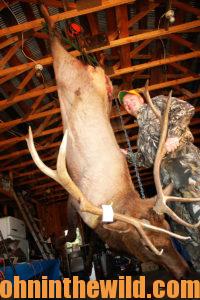 Every aspect of getting the elk meat out depends on my distance from camp and the number of trips I’ll have to take with the frame pack. If I’ve got a long hike out, I’ll need help with the meat. If the temperature is cool enough, once I finish quartering the animal, I’ll put each of the quarters in a game bag. I’ll take rope, tie it on the game bag, pull the quarter of elk meat up in a tree, tie the rope off and then get help for transporting the meat. Because I’ve got the location of my truck also marked as a waypoint on my GPS, I know the direction I need to walk in to return to my vehicle.
Every aspect of getting the elk meat out depends on my distance from camp and the number of trips I’ll have to take with the frame pack. If I’ve got a long hike out, I’ll need help with the meat. If the temperature is cool enough, once I finish quartering the animal, I’ll put each of the quarters in a game bag. I’ll take rope, tie it on the game bag, pull the quarter of elk meat up in a tree, tie the rope off and then get help for transporting the meat. Because I’ve got the location of my truck also marked as a waypoint on my GPS, I know the direction I need to walk in to return to my vehicle.
Every factor impacting field dressing is determined by my distance from the truck, the number of frame packs I have, the amount of help I have, and the distance I have to carry the meat. Oftentimes my best option may be to hang the meat in a tree and go get help and frame packs, leaving my gun and other equipment in my vehicle. Then I’m free to carry out the meat.
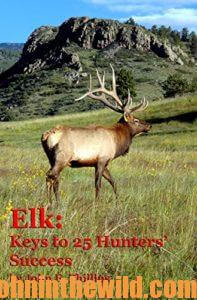 To learn more about hunting elk successfully, check out John E. Phillips’ book, “Elk: Keys to 25 Hunters’ Success,” available in Kindle, print and Audible versions at https://amzn.to/2IDszQk. You may have to copy and paste this click into your browser. (When you click on this book, notice on the left where Amazon allows you to read 10% of the book for free).
To learn more about hunting elk successfully, check out John E. Phillips’ book, “Elk: Keys to 25 Hunters’ Success,” available in Kindle, print and Audible versions at https://amzn.to/2IDszQk. You may have to copy and paste this click into your browser. (When you click on this book, notice on the left where Amazon allows you to read 10% of the book for free).

